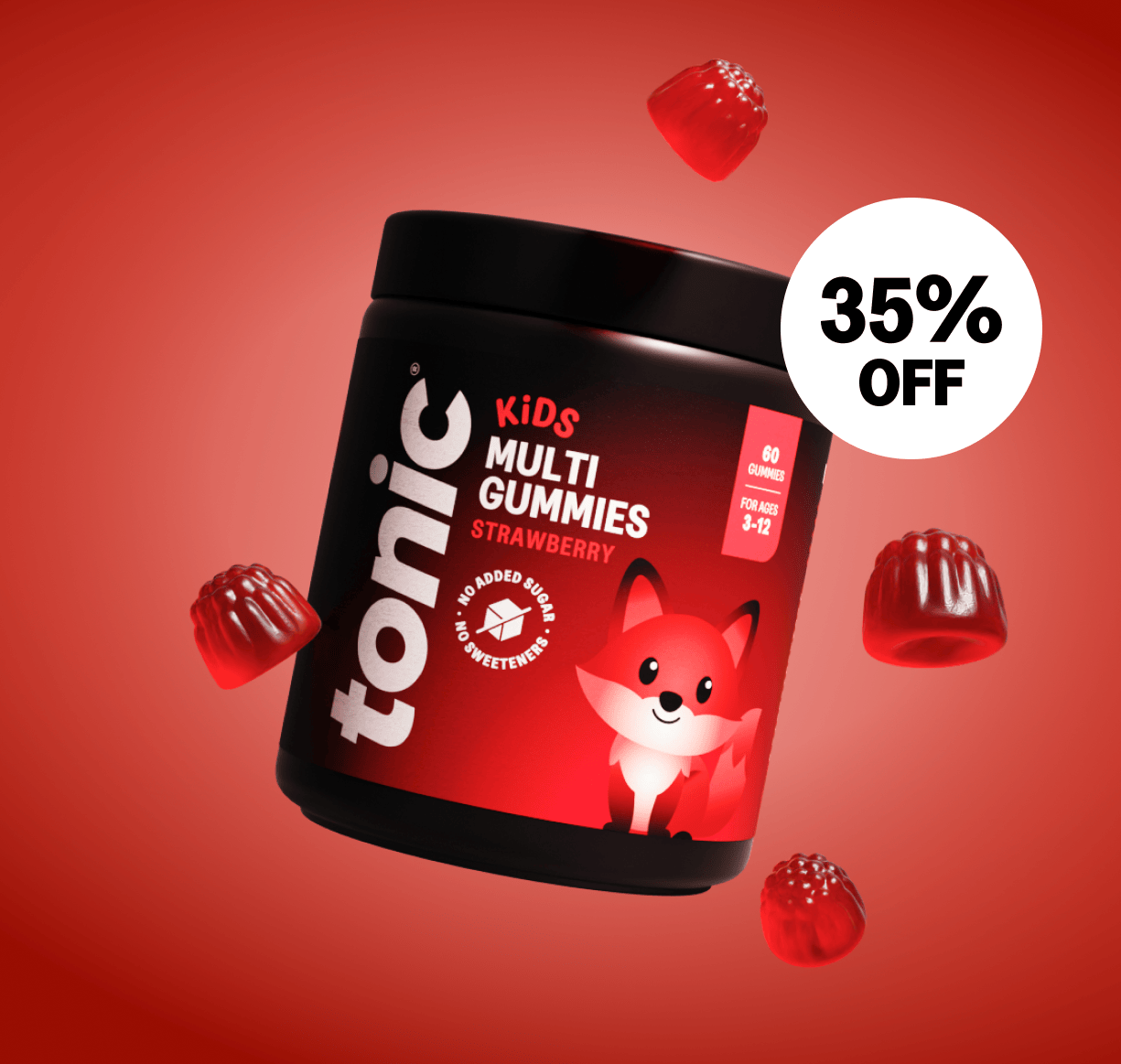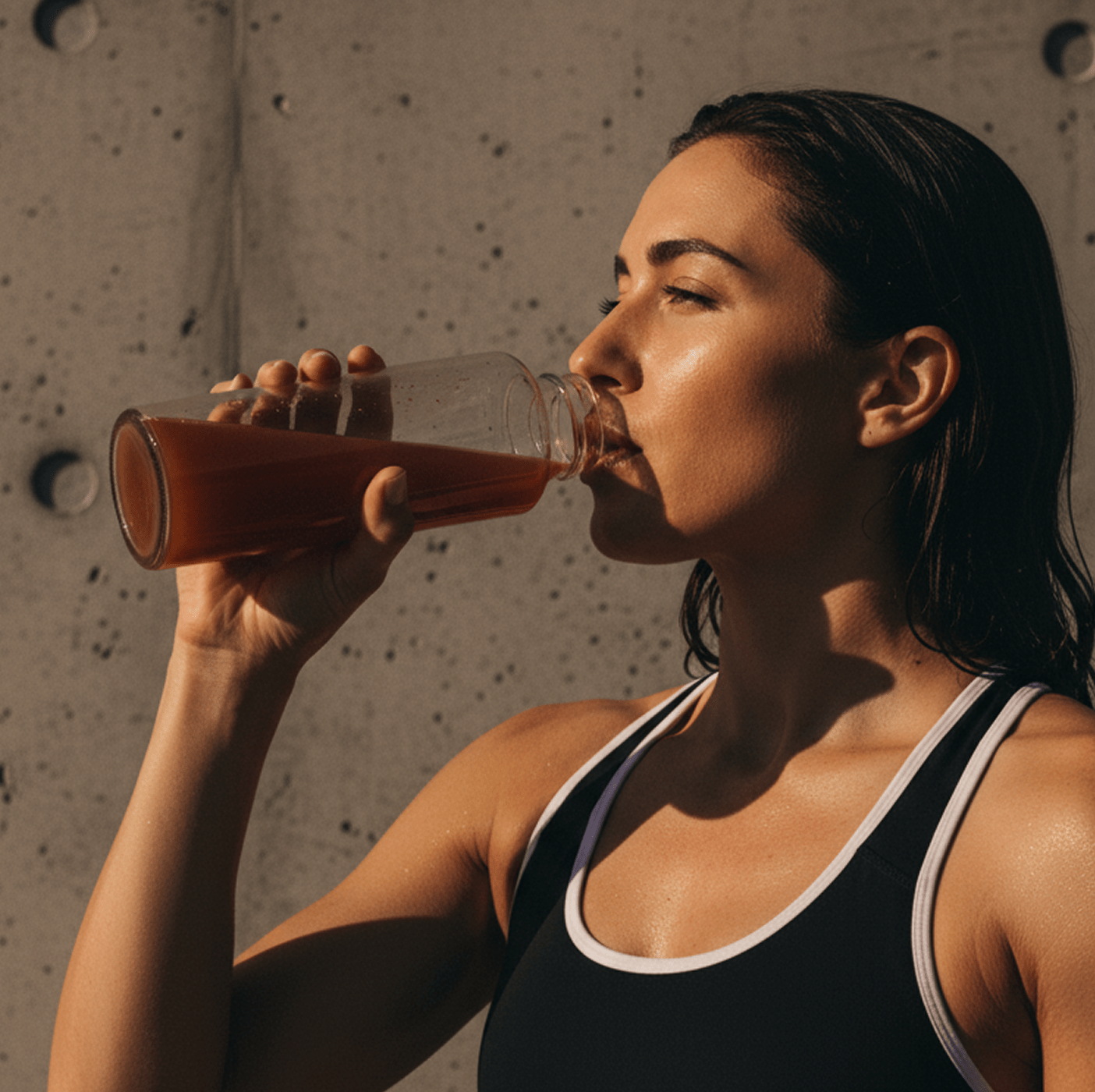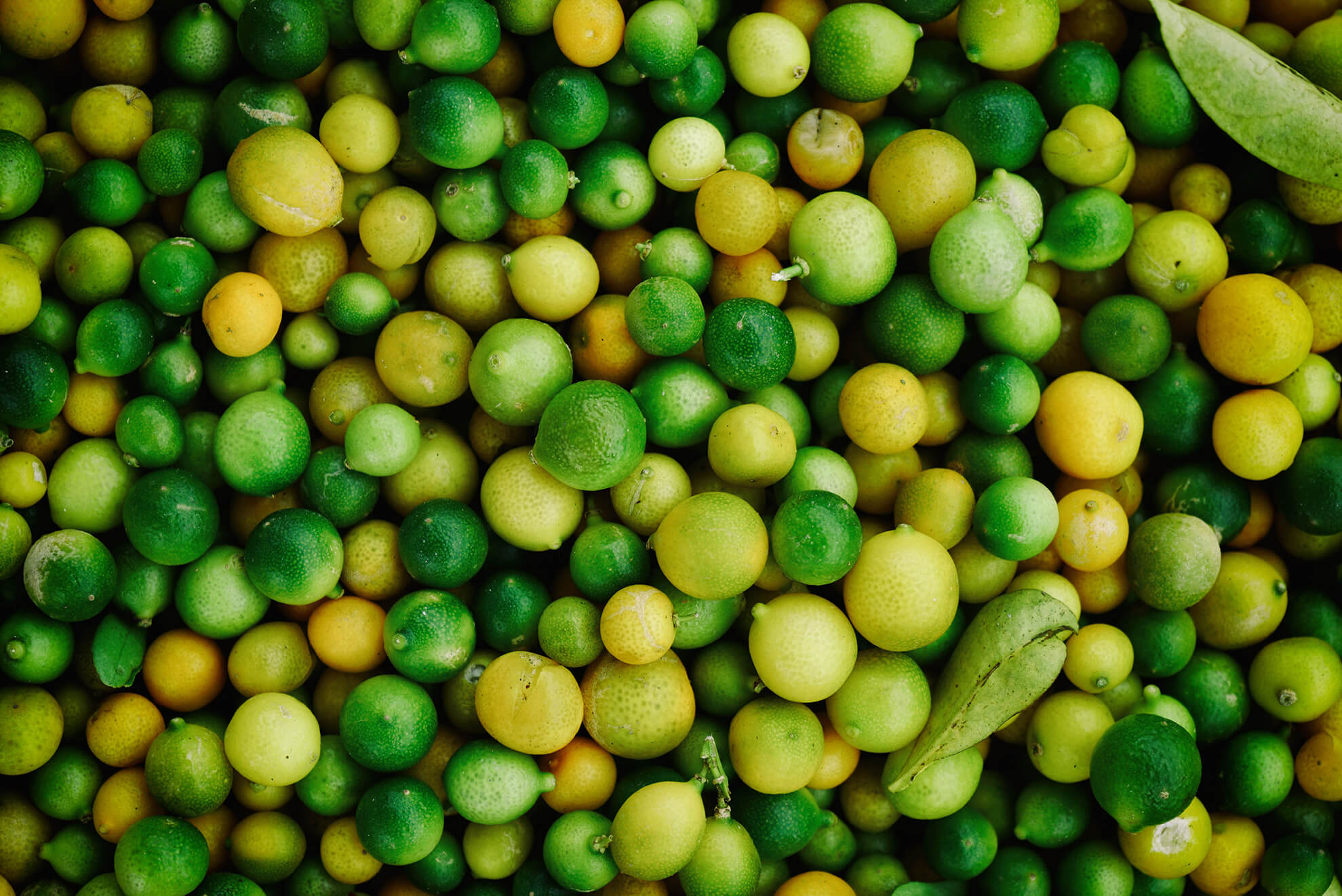by Karen Newby, BSc Nurtritional Medicine
Unlike their masters, dogs don’t need to drink freshly squeezed orange juice at breakfast. Along with most other mammals (apart from fruit bats, guinea pigs, humans and other primates), dogs make their own vitamin C – which may be why a dog will always go for our breakfast bacon and not the fresh fruit!
Unable to synthesize vitamin C like Fido, we also don’t store it well, so an everyday intake becomes even more essential The body finds it much easier to store fat-soluble vitamins (A, E, D and K) than it does water-soluble vitamins, which includes the B vits too.
Scurvy and the early science of vitamin C
Scurvy, the vitamin C deficiency disease first seen in sailors, can appear after just 30 days without vitamin C. In 1747, James Lind on board HMS Salisbury conducted what is largely regarded as the world’s first clinically controlled trial that proved the connection between scurvy and lack of vitamin C. (Fun fact: ascorbic acid, its later biochemical name, means ‘anti scurvy’.) He split 12 of his crew with scurvy symptoms into 6 pairs and administered 6 different possible treatments to separate pairs. The pair who were given the oranges and lemons were quickly well enough to help the others. He wrote up his findings in 1753 and is now considered to be ‘the father of naval medicine’.
Why did we stop producing vitamin C?
So why can’t we make this vital nutrient when over 4,000 mammals can? During primate evolution this genetic pathway mutated and… basically stopped working. The reason for this isn’t fully understood, as evolutionary changes usually help strengthen the species’ survival chances. Some research speculates that the ‘loss’ of making our own vitamin C balances out the body’s cost of producing it (1). So how did we survive? Well, simply put, by selecting foods like we do today that are abundant in vitamin C, especially from the richest sources such as fruits and vegetables.
Levels still low, even in 2020
However, fast forward to 2020. According to the most recent rolling nutrition study undertaken by Public Health England (2), all age groups across the UK aren’t reaching their 5-a-day fresh fruit and veg, even with such an abundance of food. Scurvy is thankfully now very rare, but there may be less obvious subclinical deficiencies that are going unnoticed due to our diets being too low in this vital nutrient.
Sources:
- Halliwell, B. Vitamin C and genomic stability. Mutat Res 475, 29–35 (2001).
- https://www.gov.uk/government/statistics/ndns-time-trend-and-income-analyses-for-years-1-to-9
Karen Newby is an experienced nutritionist with almost 10 years of clinical experience, after acquiring a BSc in Nutritional Medicine in 2011. In her 1-2-1 clinic she helps to bring back balance to the body using the functional medicine approach alongside naturopathic nutrition. Karen considers herself a realist who understands the pressures of modern day life, so her recommendations focus on the 20% change that can create an 80% positive effect on the body. She specialises in female and children’s health and runs regular retreats and corporate events. “Look after your body. It’s the only place you have to live." – Jim Rohr







Leave a comment
All comments are moderated before being published.
This site is protected by hCaptcha and the hCaptcha Privacy Policy and Terms of Service apply.